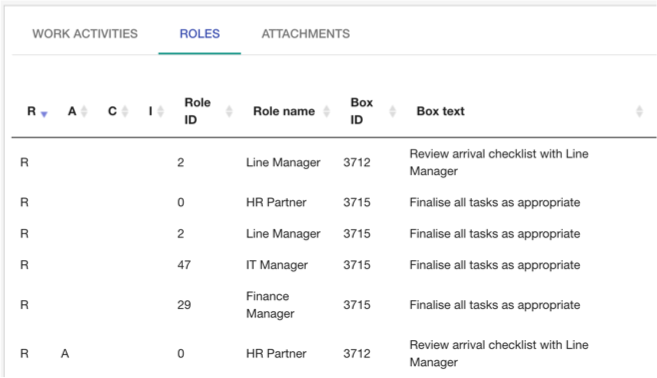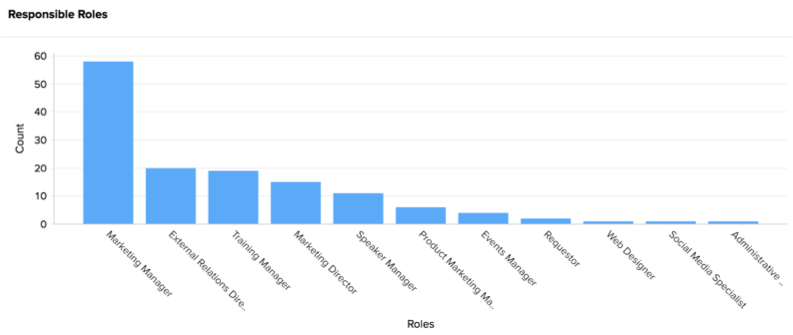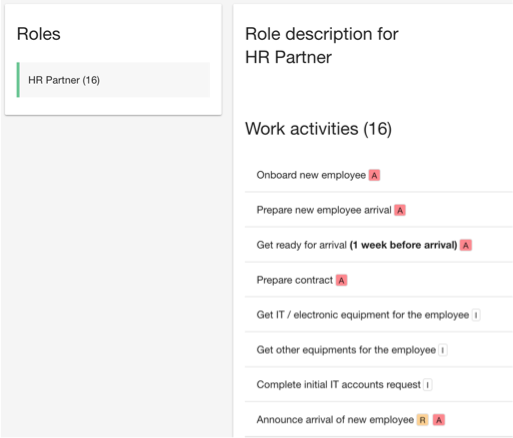Bringing RACI Modelling into the 21st Century
This blog was updated on 15th October 2022 this blog we discuss what RACI Modelling is, some of the issues around using it in an organisation and how using a visual modelling platform helps.
What is RACI?
The objective of RACI is to be a tool to help teams clarify roles and responsibilities. However despite the popularity of this model often organisations struggle to define and manipulate the data it creates.
RACI stands for:
- Responsible – the person responsible for doing the work
- Accountable – the person ultimately accountable for the delivery of the work
- Consult – A person that needs to be consulted during the work
- Inform – A person that needs to know about the work
It’s typically used in a matrix form with roles along the top which can be cross referenced against activities down the side.
There are many alternatives
The concept behind RACI is sound, the idea that it should provide clarity around who does what in a project or process. However there are many different variations on the theme such as:
- ARCI
- RASI
- RACIQ
- RACIO
- RATSI (our favourite)
- RAPID
- RACSI
- DACI
- CLAM
Each of these appear to be attempts to clarify and improve the definitions of each component. Some have a different focus such as on decision making or outcomes.
The problem with RACI
One of the biggest criticisms of RACI is that it can be vague. For example the defining the difference between Responsible and Accountable.
Using RACI can mean a lack of consistency around activities and level of involvement expected from different roles. Getting the level of detail right is difficult, too detailed and you don’t allow flexibility for the team to make their own decisions. Not enough detail and there is too much open to interpretation. This leaves you unclear over processes and who is responsible for what.
RACI also doesn’t describe outcomes, it’s focus is only on activity. However including outcomes can provide more precision around the work required and further certainty on the difference between the person doing the work and the person owning the outcome or deliverable.
Finally, a major problem with RACI, and similar models, is that the resulting documentation (typically a matrix in a spreadsheet) is just too big and complex to be used and understood to those that need it.
Introducing visual RACI modelling
At Skore we have created a form of responsibility modelling based on our process framework approach. This combines the definition of activities, outcomes and roles into a single picture.

This means, you can, at one glance, see the work required, how it flows, the outcomes expected at each step and the responsibility level.
The framework makes it’s very easy to take each of those activities and break them down into more detail as required.
When you reach the lowest level of detail you can add as many roles as you need to each activity. You can choose to show these on the diagram or you can hide them in the responsibilities panel to keep the diagram clean and simple.

This information is available to any user that needs to see it and is easily searchable by any user with the correct access rights.
RACI reporting and analysis
Defining activities, roles and responsibilities in a clear and visual way is an excellent way to get clarity among the team. Not just when you first gather the information but also as an ongoing asset, or reference tool, for the team in the future too.
Using Skore instantly provides additional insights you simply wouldn’t see if you were using a spreadsheet.
With the click of a button you can view a tabular report showing the activities, roles and their RACI assignment.

Using this data you can quickly create graphs that highlight patterns and help you focus your analysis and improvement activities.

Finally Skore provides instant job descriptions based on your RACI modelling. Clicking on the name of a role will show all the activities in that role and their RACI assignments. Ideal for exporting into job descriptions.

If you’d like to try Skore for yourself and experience how to use RACI the right way, get in touch.

3 thoughts on “Bringing RACI Modelling into the 21st Century”